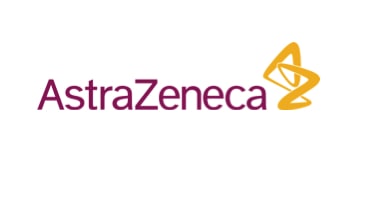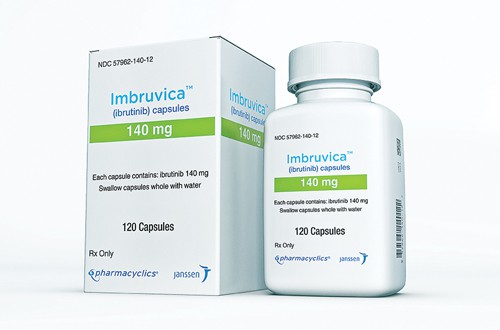
AstraZeneca’s Calquence has been buoyed by impressive survival data in previously untreated chronic lymphocytic leukaemia, stacking up its case for dominance in the therapy area.
The impressive data – presented at ASH 2019 – showed that Calquence (acalabrutinib) combined with Roche’s Gazyva(obinutuzumab) significantly improved progression-free survival (PFS) when compared to standard chemo-immunotherapy treatment.
The detailed results from the phase 3 ELEVATE TN trial of Calquence demonstrated that 93% of patients treated with the BTK inhibitor and Gazyva remained free of disease progression or death after two years. Just 47% of patients on the standard chemo-immunotherapy treatment achieved this endpoint.
In addition, AZ unveiled results from Calquence as a monotherapy – in this treatment group, 87% of patients remained free of disease progression or death when taking AZ’s drug alone.
To top off this impressive data, AZ also revealed exploratory analysis of Calquence, in combination or alone, across most pre-specified subgroups of patients who had high-risk disease characteristics, including certain genetic markers. The BTK inhibitor scored on these fronts too, demonstrating consistent PFS improvements in the sub-group analysis.
 “These full results provide further evidence that Calquence, as a new treatment option for patients with chronic lymphocytic leukaemia, demonstrates remarkable efficacy and a favourable tolerability profile,” said José Baselga (pictured left), executive vice president, oncology R&D at AZ.
“These full results provide further evidence that Calquence, as a new treatment option for patients with chronic lymphocytic leukaemia, demonstrates remarkable efficacy and a favourable tolerability profile,” said José Baselga (pictured left), executive vice president, oncology R&D at AZ.
“These results also provide, for the first time, post-hoc analysis data exploring the potential progression-free survival benefit of adding Gazyva to a BTK inhibitor such as Calquence versus BTK inhibitor monotherapy in a randomised trial,” he added.
This recent data-set adds more weight to AZ’s claims for Calquence in CLL, and closely follows its FDA approval for the treatment of CLL and small lymphocytic lymphoma (SLL) on 21 November.
Now, AZ will have to convince clinicians to prescribe Calquence rather than its rival Imbruvica (ibrutinib) from AbbVie/Johnson & Johnson.
Imbruvica is approved as a first- and second-line therapy for CLL, and brought in sales of $3.6bn in 2018, with a target of $4.4bn this year across a broad range of haematological cancer indications.
AbbVie has also stacked new data for Imbruvica, unveiling a combination of the therapy with Roche’s Venclexta (venetoclax) in CLL and  SLL at ASH 2019. The phase 2 results showed that the combination therapy demonstrated high rates of disease clearance in previously untreated CLL/SLL patients.
SLL at ASH 2019. The phase 2 results showed that the combination therapy demonstrated high rates of disease clearance in previously untreated CLL/SLL patients.
While Imbruvica and Venclexta-based treatments are the established standard-of-care for different CLL patients today, an Imbruvica plus Venclexta combination treatment could be a new and innovative option for patients, as evidenced by the positive results from the CAPTIVATE clinical trial,” said Mohamed Zaki, head of haematology oncology at AbbVie.
AZ will be hoping that Calquence’s strong safety and tolerability profile and significant survival improvement will help to assert its benefit over other therapies for CLL.
However, there is also new competition in the lymphoma market from newcomer BeiGene – the Chinese-drugmaker recently won approval in the US for its MCL therapy Brukinsa (zanubrutinib).
It is also in clinical development for a host of other blood cancers, including CLL, SLL, follicular lymphoma and marginal zone lymphoma.




